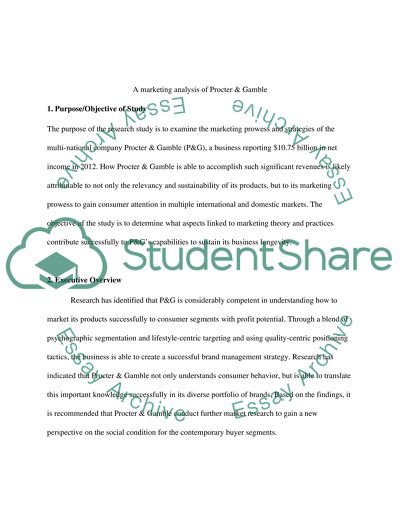Cite this document
(“A marketing analysis of Procter & Gamble Research Paper”, n.d.)
Retrieved from https://studentshare.org/marketing/1404601-procter-gamble-company
Retrieved from https://studentshare.org/marketing/1404601-procter-gamble-company
(A Marketing Analysis of Procter & Gamble Research Paper)
https://studentshare.org/marketing/1404601-procter-gamble-company.
https://studentshare.org/marketing/1404601-procter-gamble-company.
“A Marketing Analysis of Procter & Gamble Research Paper”, n.d. https://studentshare.org/marketing/1404601-procter-gamble-company.


